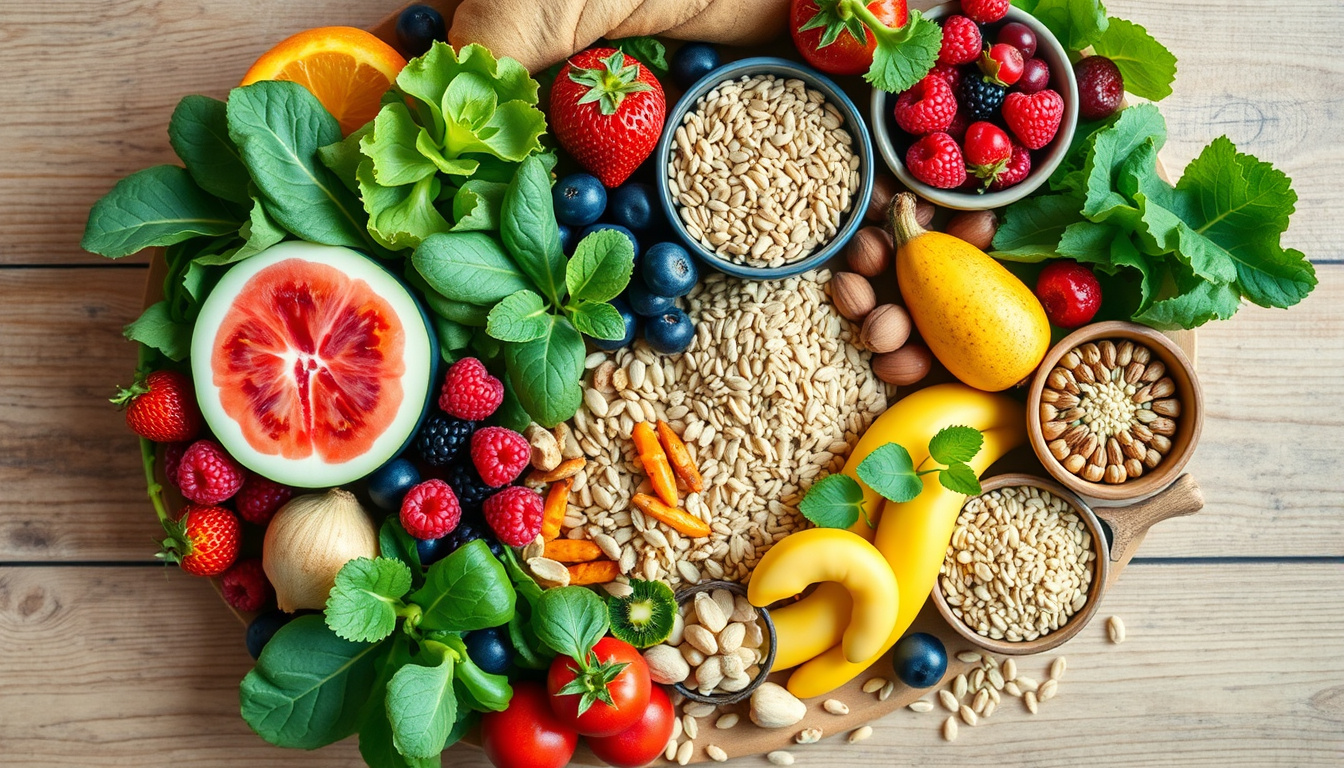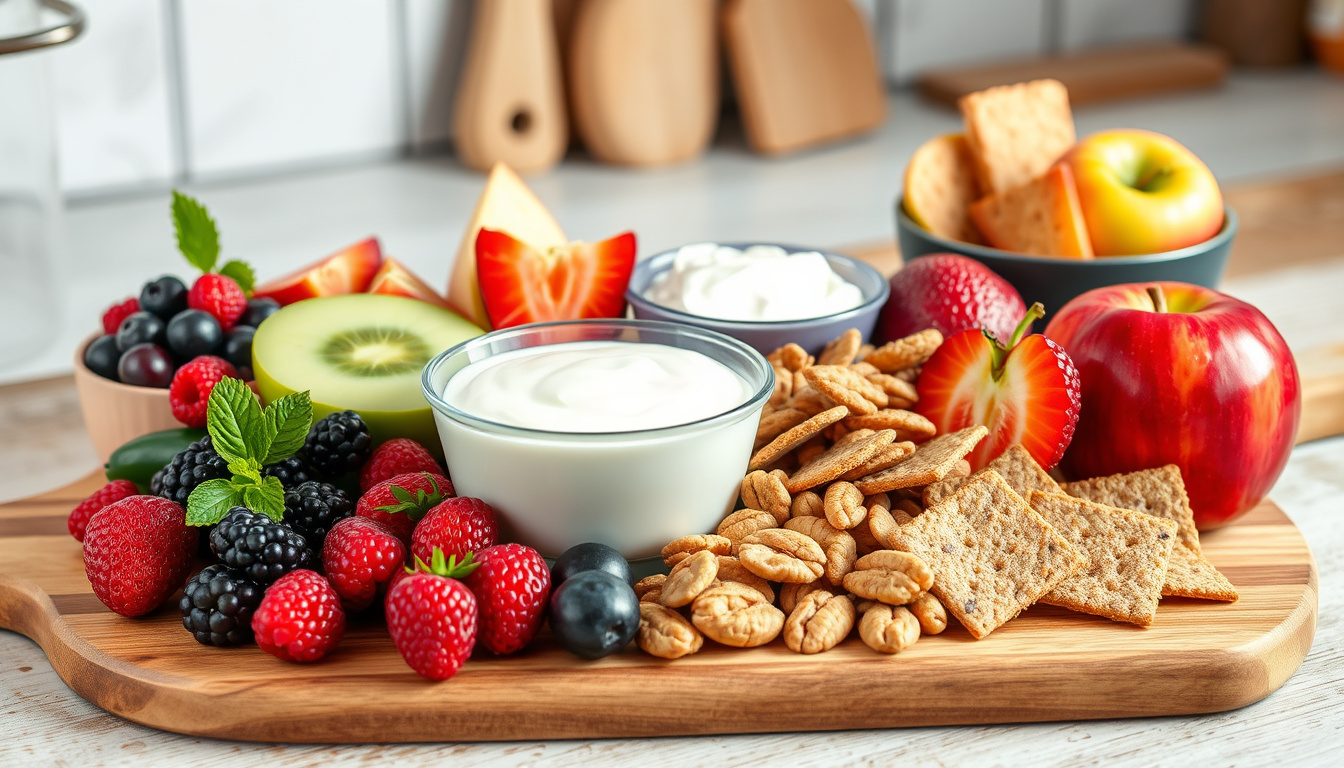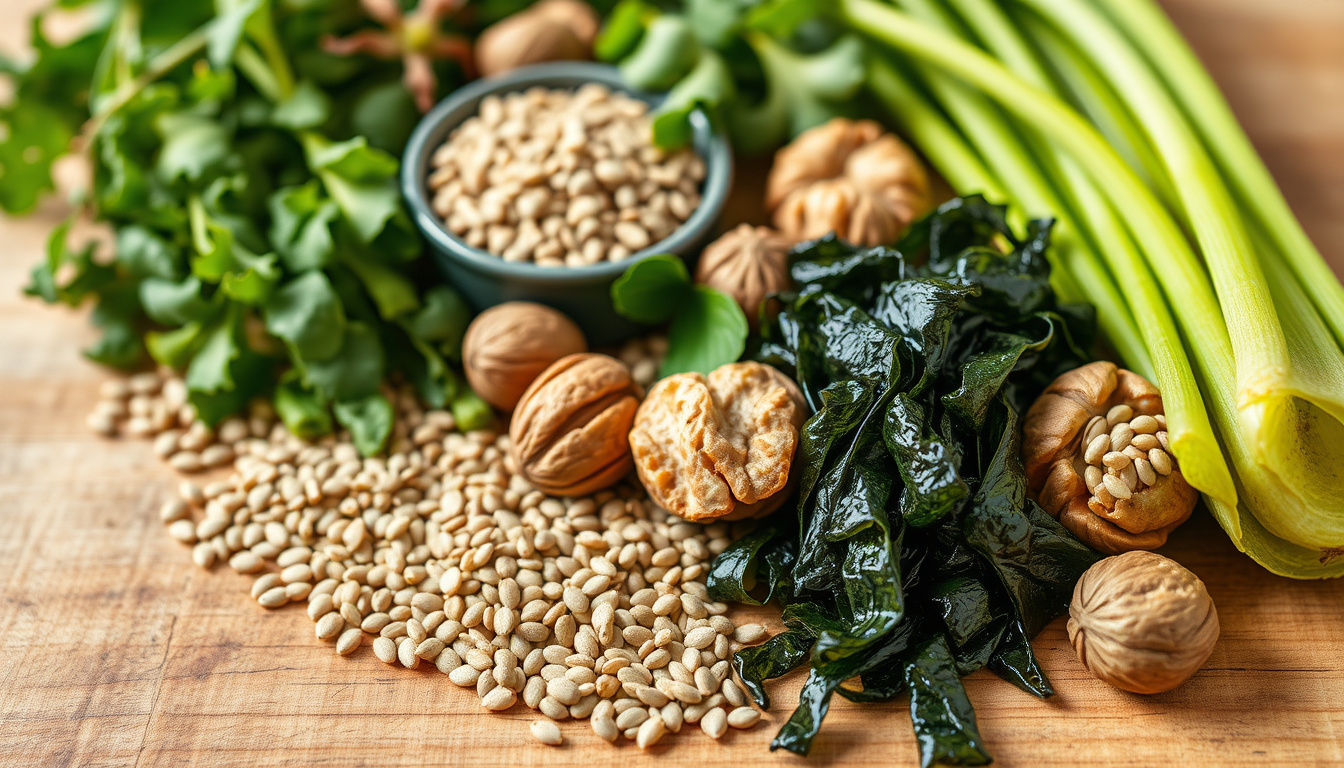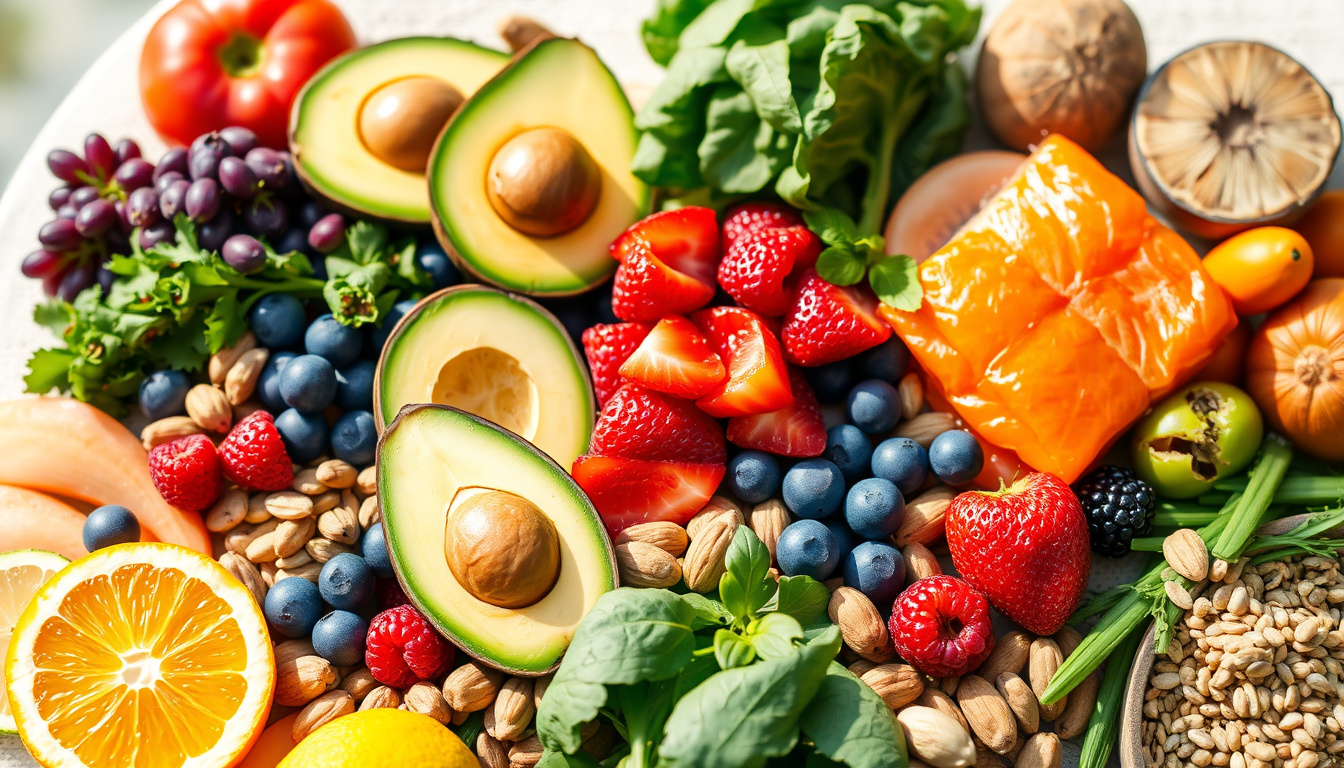Hey there! If you landed on this article, you care about plant-based nutrition. You might want to cut back on animal foods or add more fruits and vegetables to your meals. Either way, you are in the right spot. Think of this talk as a friendly chat about plants – let’s dive in together!
What is Plant-Based Nutrition, Anyway?
We start with a simple idea. Plant-based nutrition focuses on foods from plants. Think: fruits, vegetables, nuts, seeds, oils, whole grains, legumes, and beans. You do not have to eat only vegan or vegetarian food; you just cut down on animal items.
Isn’t it nice to imagine all the color and variety on your plate? 🌈 Whether you switch slowly or take a bold step, knowing what plant-based nutrition means will build a strong start for you.
Why Go Plant-Based?
You might ask, "Why change my diet?" Let us look at some benefits you may feel:
Health Perks
Studies show that a plant-based diet can cut the risk of long-term diseases such as heart problems, diabetes, and some cancers. 🥦 You may see more energy, easier digestion, and clearer skin. How fun is that?
Environmental Impact
When you choose plant foods, you give the earth a helping hand. 🌍 Plant food production usually puts less carbon into the air than animal food does. It feels good to know your food choices help the planet.
Kindness to Animals
For those who care for animals, plant-based eating is a kind choice. It is a way of living that fits with your values.
Getting Started: Essential Foods for Your Pantry
You are ready to try plant-based foods. Let us fill your pantry with the key items.
Whole Grains
Choose brown rice, quinoa, oats, or whole grain bread. These foods are tasty, filling, and give you needed nutrients. They keep you strong throughout the day! 🌾
Fruits and Vegetables
Pick many different fruits and vegetables. Do not only choose the common ones. Look for new fruits and leafy greens. Have you tried dragon fruit or bok choy? They taste good and help your body. 🍑🥬
Legumes and Beans
Legumes and beans like chickpeas, lentils, and black beans give you protein. You can mix them into salads, soups, or your favorite dishes. They make meal prep easy.
Nuts and Seeds
Nuts and seeds such as walnuts, almonds, chia seeds, and flaxseeds come with healthy fats and nutrients. Add them to smoothies or toss them on salads for a nice crunch. Who does not love a good bite? 🥜
Meal Planning: Keeping It Simple
Do not feel swamped by choices. Planning your meals can cut the stress from healthy eating. Use this simple plan:
Choose a Day
Pick one day when you can set aside a bit of time for food prep. Many people use Sunday.
Choose Recipes
Search online for simple recipes. Look up "easy plant-based recipes" for many ideas. Select a few for breakfast, lunch, and dinner.
Make a Shopping List
Before you visit the store, write a list based on your recipes. This helps you stick to your plan and prevents extra buys.
Overcoming Challenges: Keep It Real
Changing to plant foods can sometimes be hard. It is normal to feel doubts or want old favorites.
Cravings? Try a Plant Version
If you crave a cheeseburger, try the plant version instead. Tasty alternatives are easy to find these days. You might be surprised by how good a plant-based burger can taste.
Social Situations
At a restaurant or party, feel free to talk about your diet. Most places now have plant choices, and your friends will see your commitment. They might even try plant-based eating too!
Final Thoughts: Your Journey Begins
Good job! By taking your first step in plant-based nutrition, you care for your body and the world around you. Step by step, try new dishes without pressure. Remember, this is a journey, not a race. 🌱
Are you excited? Can you see the bright, delicious meals waiting for you? I sure can! Here’s to a fresh start, tasty dishes, and a healthier, happier you! Want more on nutrition? Check out our guide on how to keep a balanced diet for plant-based eaters. Let’s keep this adventure going!
Happy eating! ✨




